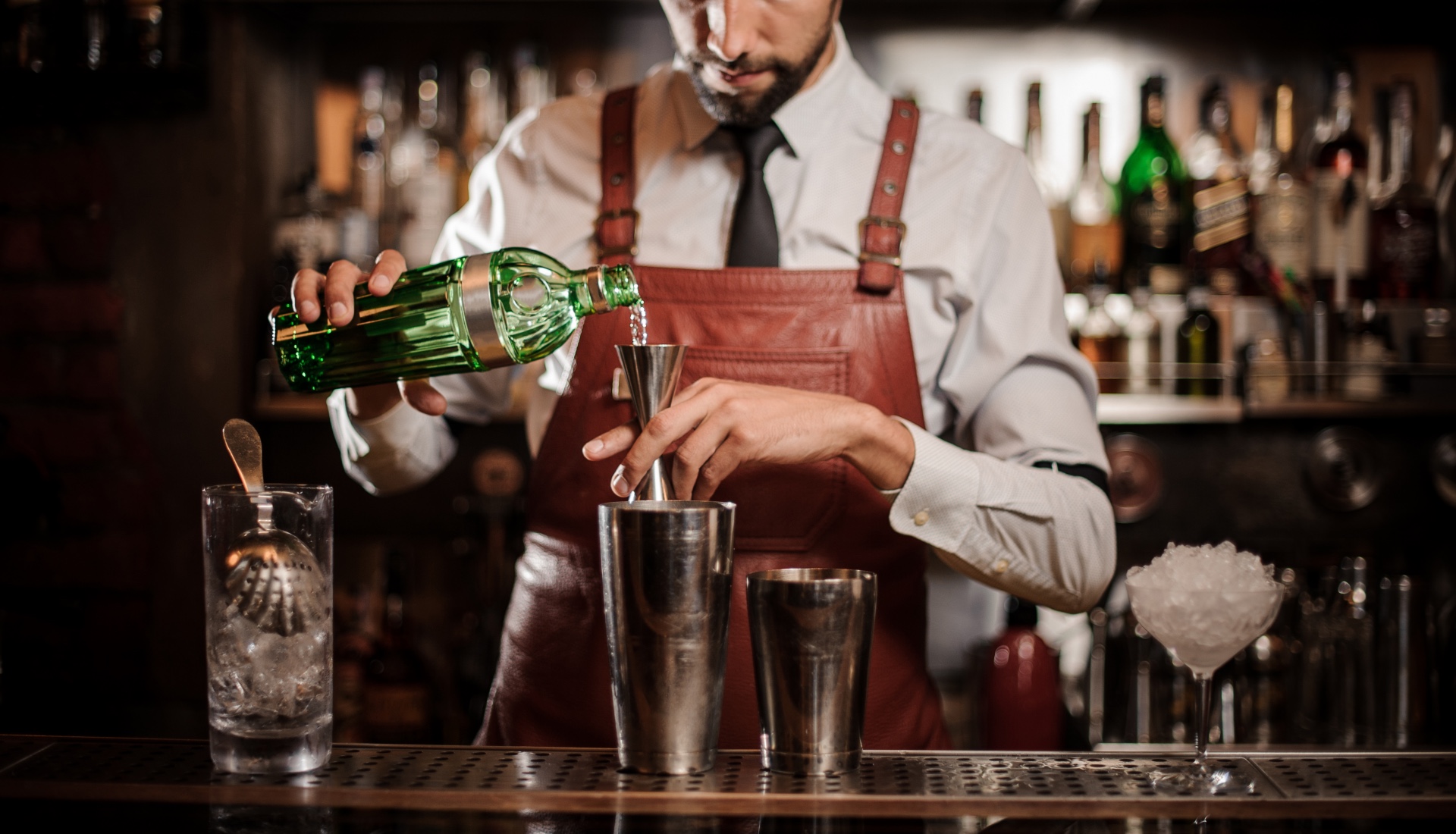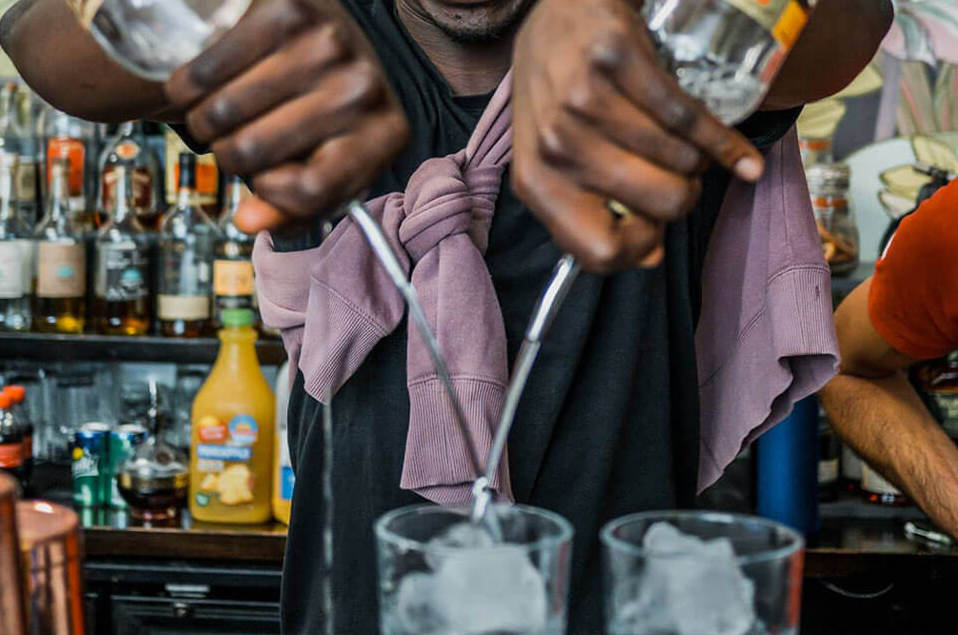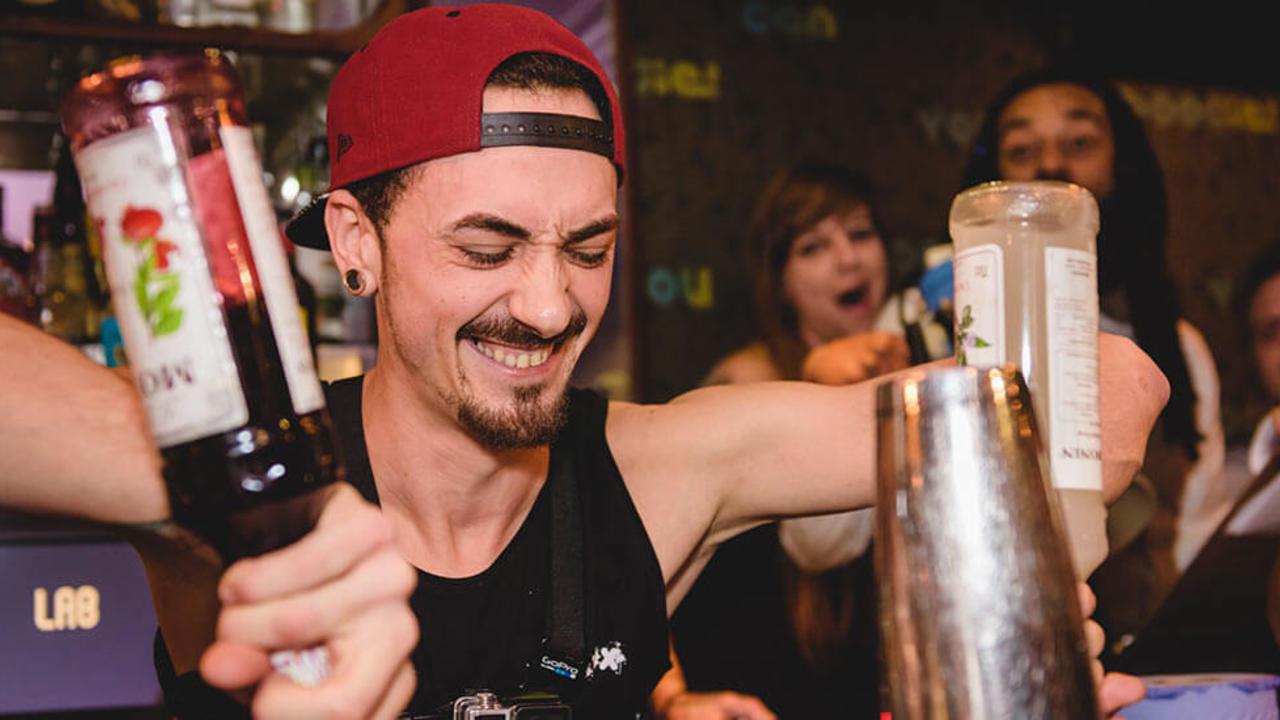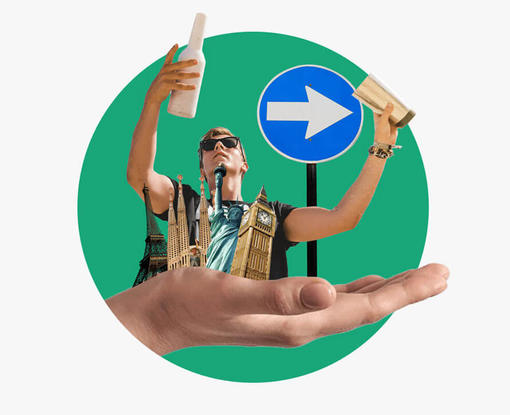To free pour, or not to free pour? That is the question.
Yes, one of the most hotly debated topics in bartending is whether to use a jigger or to free pour your booze while mixing drinks.
Some bartenders like the freedom and showmanship that free pouring can give you, while others prefer their mixology efforts to be accurate and meticulously made.
Measuring or counting

If you’re new to the art of cocktail making, here’s some background on what is a jigger. A bartending jigger is an hourglass-shaped tool that accurately measures alcohol (usually spirits) before it’s poured into a glass.
Jiggers for bartending have been around for almost as long as cocktails themselves, but have enjoyed a comeback in recent years, thanks to the resurgence and interest in early craft cocktail recipes that call for a measuring tool.
Meanwhile, the free pour has been the standard in bars for many years, and is the technique of adding spirits to a cocktail by counting in your head the amount of liquid that goes into a glass or shaker.
While this technique certainly looks more impressive - it requires a considerable amount of training and practice to get it right.
How to free pour

It’s all about counting….
At EBS we teach free pouring as an essential bar skill on Day 2 of the International Bartender Course. With pour spouts on our bottles that ensures a steady and even flow, our students have the entire course to master the art of the pour.
We use a metronome to get our students comfortable with bartending pour counts (which can be difficult at first) - the theory being that each second is approximately a flow of 10ml of spirit. So, if a recipe asks for 40ml of rum you will pour your spirit until the count of four. Simple (kind of).
Other tips include free pouring to music that has a 108 bpm, as the exact space between beats is the perfect pace for your free pour.
The more you practice, the better you get, until free pouring becomes a matter of muscle memory - and your wrist and arm instinctively know the exact four-count.
Grip and hold are also important, grab the liquor bottle at the top near the spout, and always hold it completely vertically while pouring to ensure the right volume flows out.
Cross pouring method
Once you've mastered the art of your free pouring, take things to the next level with some cross pouring. This advanced technique is where you hold two bottles in one hand; your base spirit and your mixer or secondary alcohol (which can require different counting).
This can dramatically speed up your service, and the quicker you rotate your liquor bottles, the easier the move becomes. Drinks can be poured two at a time, and as we all know; faster service means more tips.
It also looks spectacular and feels only a step away from flair…
The pros of free pouring technique
-
Speed and efficiency. Free pouring allows you to make multiple orders at once.
-
Professionalism and expertise. It shows that as a bartender you know your stuff.
-
The flair element. Keeps your customers intrigued and entertained.
The cons of free pouring technique
- The chance of over pouring. No matter how good your counting method is, using a jigger delivers an accurate measure that can minimise stock loss.
- It is a challenge and requires practice. Some ingredients pour at different speeds - you must learn the viscosity and velocity of different liquids.
- Less consistency and balance. Customers will get the same drink time and time again with a jigger, and slightly less so with a free pour.
What's the verdict?

We think there's room for both free pouring and jigger use in the world of bartending and it entirely depends on your preference. Although nowadays, some bars do not allow free pouring at all.
For us, jiggers can be used when making signature or complex cocktails, but the free pour has its place when serving stirred drinks or those that are very spirit forward.
The choice is yours!
Learn all about the art of the free pour - and the jigger - in our 4-week bartender course.

